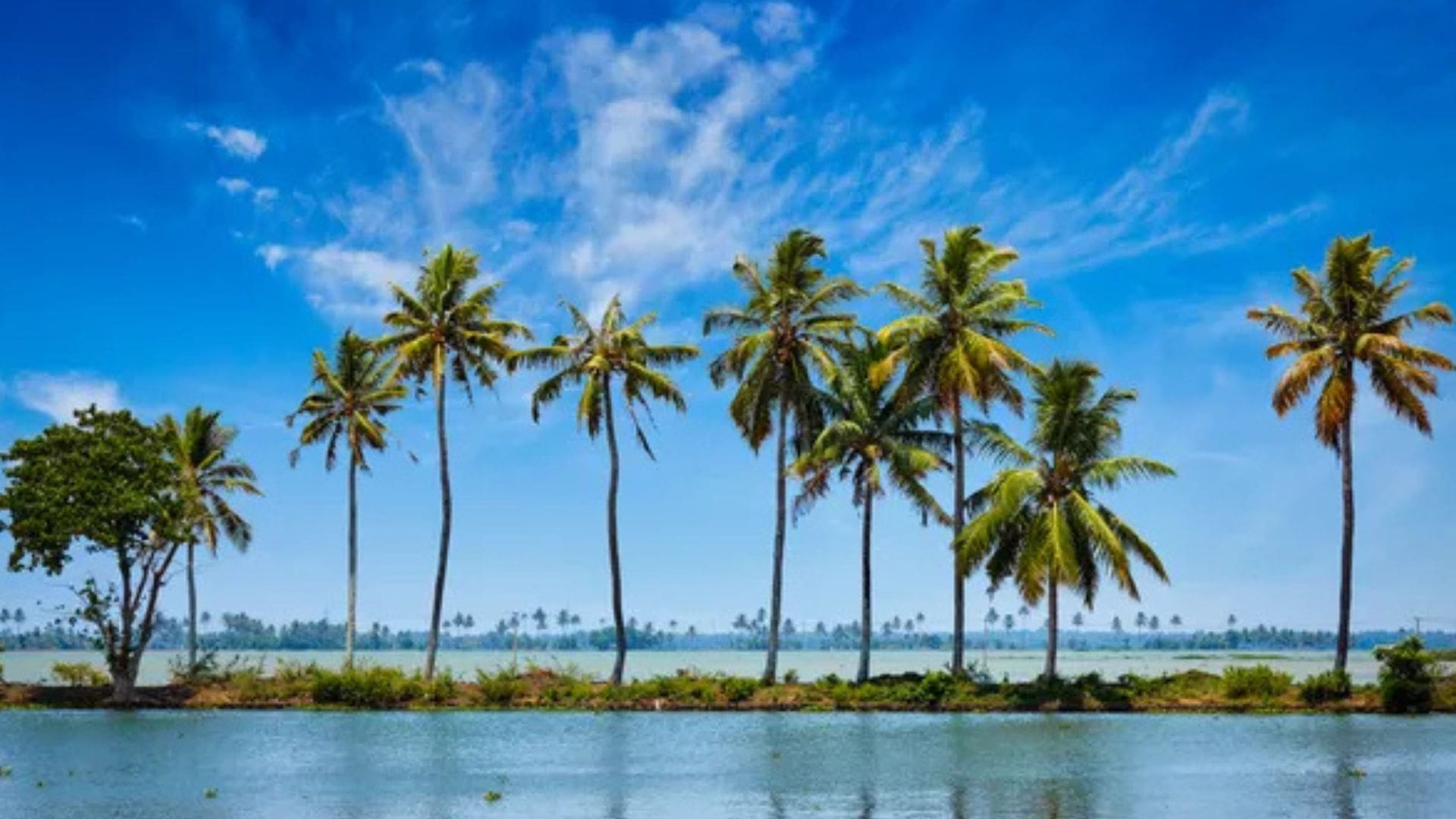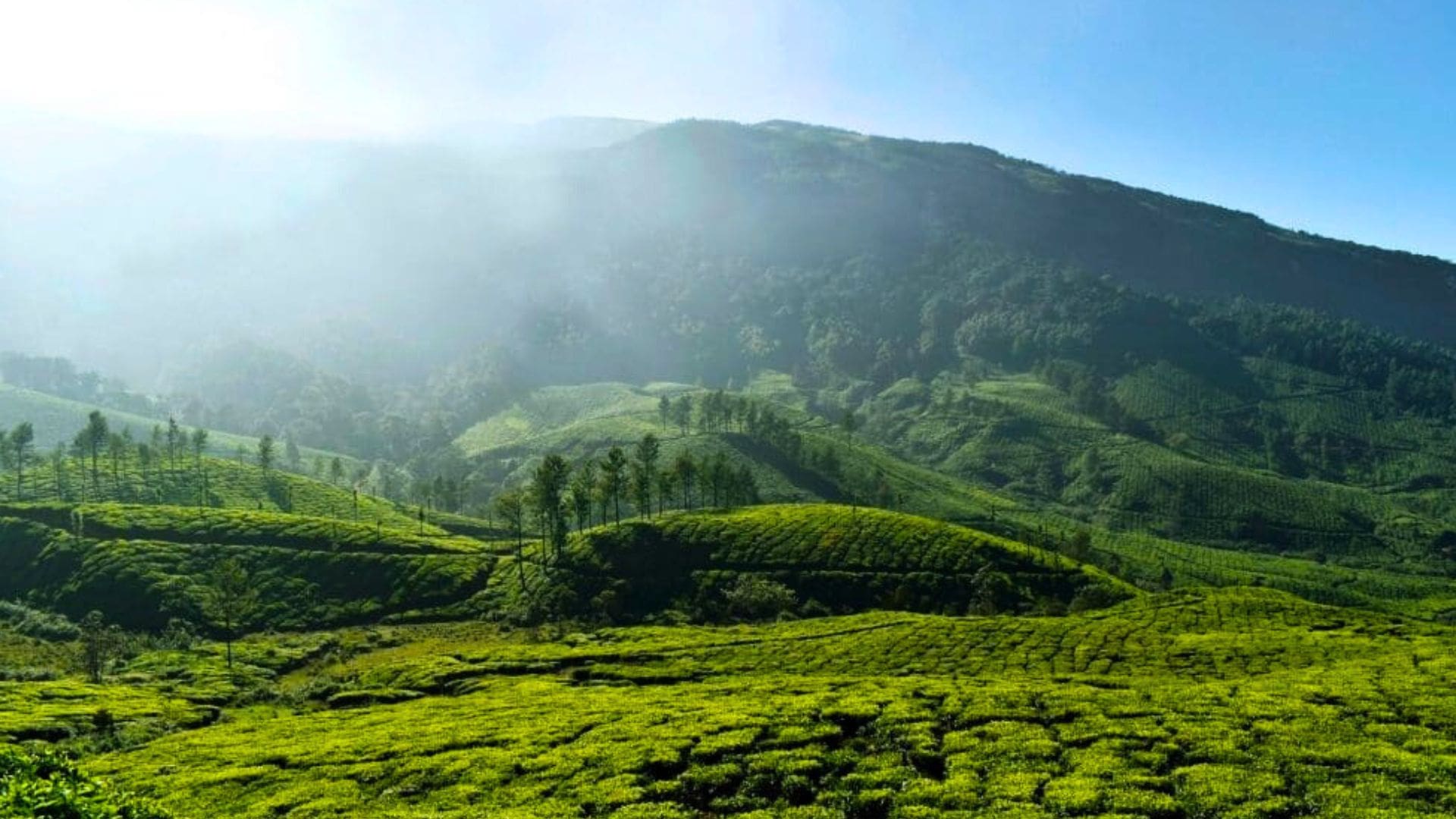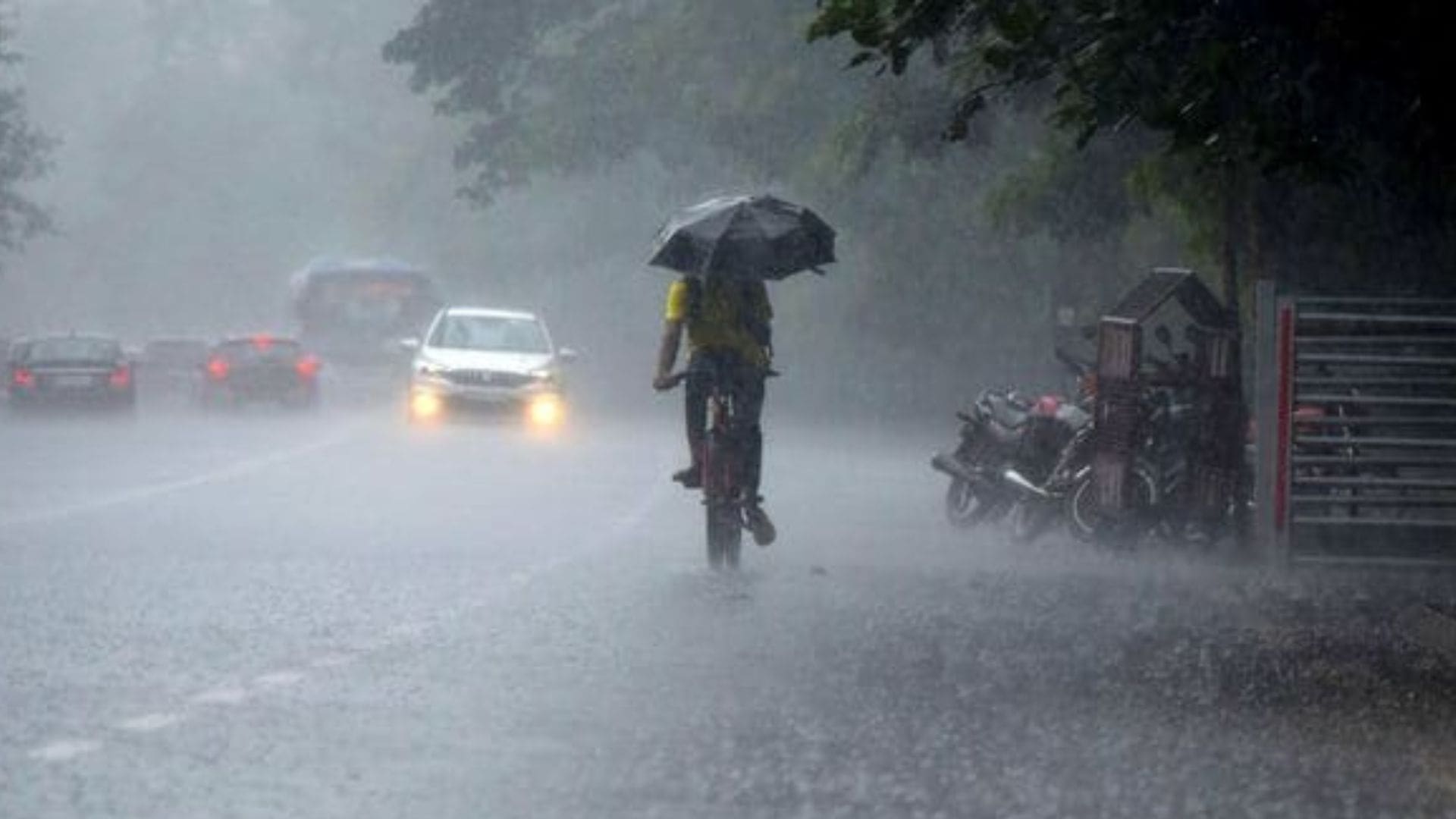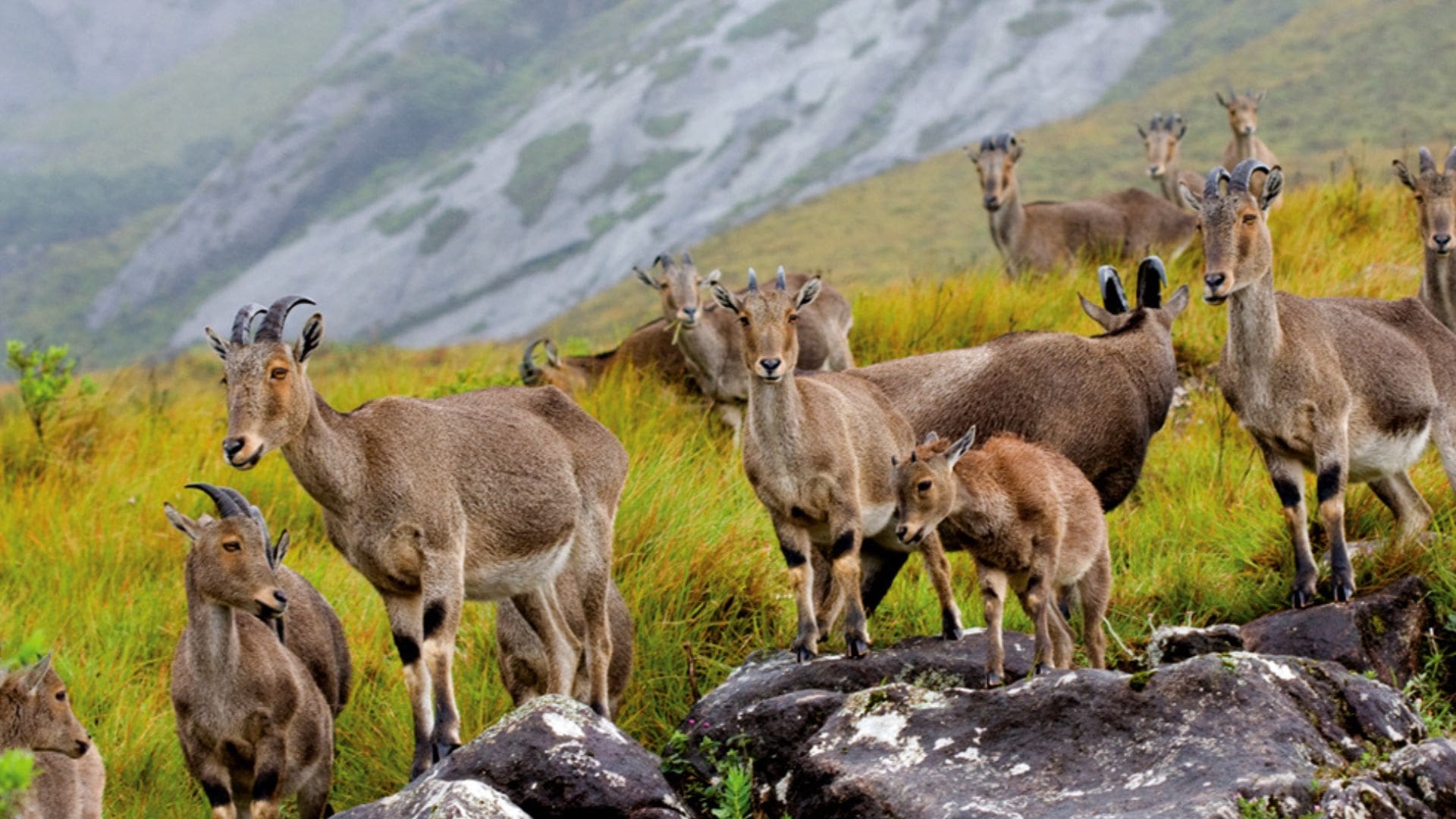Kerala is known as ‘God’s Own Country’, and for good reason; its beauty is breathtaking, to say the least. However, the experience would largely depend on the timing of your visit. It is important to keep in mind that poorly timed visits can turn your vacation into a strenuous battle with the area’s infamous rain and humidity.
ALSO SEE – Why Kerala Is Called ‘God’s Own Country’
Ever thought of planning a trip to lovely Kerala, only to realize that you have landed there on the Worst Month to Visit Kerala.
A lot of people fail to understand that monsoon season in Kerala could turn an ideal blissful vacation into a nightmarish one by providing surprising weather conditions, leeches on trekking routes, and infuriating transportation systems.
What if you planned a trip waiting for the stunning sceneries only to be welcomed by torrential rainfalls, flooded areas, and touristic points that are closed? Quite disappointing, right?
Although Kerala is famed for its rich greenery, tranquil beaches, and backwaters. Like every other destination, has its good and not-so-good months.

But don’t worry- there is a solution to not face such disappointments. By knowing which month to avoid and when to visit, you can enjoy Kerala at its peak. This guide will disclose to you the worst time to visit Kerala, so you can plan around it and enjoy a Kerala vacation void of any troubles.
ALSO SEE – 🌴Best Time To Visit Kerala- Summer, Winter, or Monsoon?
Overview of Kerala’s Tropical Climate
Kerala has a tropical climate and offers warm temperatures and high levels of humidity. It goes through two monsoons, Southwest which ranges from June to September, and Northeast which lasts from October to November. Winters from December to February are mild, and Summers (March to May) tend to be hotter. The state has a heavy influence on travel which makes certain months desirable and some not so.
Months and seasons in Kerala and their impact on travel

Let’s take a quick glance at each season and its characteristics to get a better understanding.
- Summer (March-May): Hill stations like Munnar are great with high temperatures reaching up to 35 °C. This isn’t great for sightseeing because of the high temperatures and humid conditions.
ALSO SEE- Kerala In Summer: 10 Most Refreshing Places To Visit
- Southwest Monsoon (June-September): This is the perfect time to experience Kerala in its most dramatic and romantic form. The lush greenery comes alive, the backwaters are full, and the waterfalls are in full glory. It’s also the ideal season for rejuvenating Ayurvedic treatments, as the cool, moist climate enhances their effectiveness. Fewer crowds mean a more serene and personal experience at popular spots.
- Northeast Monsoon (October-November): Enjoy Kerala in its offbeat charm with misty mornings, fresh countryside views, and cozy stays. While showers may appear, they’re usually short and refreshing, adding to the scenic beauty. It’s a great time for budget travelers to enjoy premium stays and experiences at reduced prices, all while soaking in the post-monsoon magic of Kerala.
- Winter (December-February): Kerala experiences the most tourists during this period because of the clear skies and pleasant temperatures which range from 22 °C – 30 °C. This is the ideal time for houseboats, beaches, and sightseeing.
ALSO SEE – Why September is the Best Month to Visit Kerala
Which is the Worst Month to Visit Kerala?
- Peak Travel Season (December-February): Head on in December to February if you wish to enjoy pleasant temperatures and clear skies, allowing you to have a great time at the beach or on boats.
- Off Season (June-September): Nature lovers can appreciate the lush greenery, but heavy rains cause flooding and make travel inconvenient. Plus you won’t be able to do many activities.
- Shoulder Season (March-May & September-November): Thanks to the post-monsoon showers, Kerala’s landscape is fresh, green, and wonderfully alive—perfect for nature lovers and photographers. While some areas may feel humid, they offer a truly immersive tropical experience. In summer, the coastal regions bask in golden sunshine—ideal for lazy beach days, sunset strolls, and catching cool sea breezes. Hill stations like Munnar and Wayanad provide a refreshing escape with their cooler climates and scenic views.
- Worst Month to visit Kerala(July/August): These months may not be suited for leisure travel but the green and beautiful landscapes is the best time suitable for an Ayurvedic retreat. Monsoon rains can reach destroying levels where water logging and landslides become an issue. Making other outdoor activities nearly impossible.
ALSO SEE- Monsoon In Kerala: A Brief Guide To Help You Plan A Trip

Which month is considered the worst time to visit Kerala?
Every month offers a unique way to experience Kerala, including monsoons. While June and July sees the monsoon in full swing, it transforms Kerala into a lush, green paradise with overflowing rivers, misty mountains, and dramatic waterfalls. It’s a magical time for Ayurvedic wellness retreats, peaceful houseboat stays, and cozy indoor experiences. Outdoor adventures may be limited due to rain and occasional flooding or landslides in certain regions, but if you’re looking for tranquility, rejuvenation, and unbeatable off-season prices—July has its own charm.
Monsoons in Kerala are so beautiful that Arabs from middle east has been coming to visit in recent years. With soaring temperatures across the Middle East during the summer, Kerala with its cool, rain-washed landscapes and lush greenery is a perfect seasonal escape. Attractions for Arabs include wellness retreats, luxury resorts, Ayurvedic therapies, and backwater experiences, offering a refreshing break from desert heat.
ALSO SEE – Let’s summer in Kerala, Habibi: Kerala to woo Arab tourists to boost tourism during monsoon
Zero Crowd Month: What makes July a unique Choice for leisure and best time for Ayurveda treatment
- Monsoon Magic: July showcases Kerala at its most dramatic and beautiful—rivers swell, waterfalls roar, and the entire landscape turns a lush emerald green. It’s a treat for the senses and an ideal time for nature lovers and photographers to witness the raw beauty of the monsoon.
- A Refreshing Climate: The rainfall cools down the temperatures, offering a welcome break from the summer heat. The earthy scent of rain and the rhythmic sound of showers create a cozy, calming vibe—perfect for unwinding with a hot cup of chai and a scenic view.
- Perfect for Ayurveda treatment, Wellness & Retreats: Monsoon is considered the best time for Ayurvedic treatments, as the pores open and the body absorbs oils and herbs better. Spa retreats and wellness resorts see their peak in effectiveness during this time.
- Quiet Escapes, Zero Crowds: Since fewer tourists travel in July, you can enjoy uncrowded destinations, peaceful stays, and the best deals on luxury resorts and houseboats. It’s the ideal month for those seeking solitude and serenity.
- A Great Time for Indoor Experiences: While outdoor travel may be limited in certain areas, Kerala offers plenty of enriching indoor experiences—from cooking classes and Kathakali performances to cozy houseboat stays on calm backwaters in regions less affected by the rains.
- Coastal Charm with Caution: Though the sea may be rough, it’s a spectacular sight to behold. Enjoy long beach walks, seafood feasts, and dramatic coastal views—all from a safe distance. It’s also the perfect time to explore the coastal culture and cuisine in a more relaxed setting.
ALSO SEE- Best time for Ayurveda treatment in Kerala
Real Traveler Experiences and Challenges Faced

- Monsoon Retreats & Rainy Day Charm: Kerala in July offers a slow, soul-soothing travel experience. With occasional roadblocks and rainy spells, many travelers find themselves embracing the art of doing nothing—relaxing in scenic resorts, sipping tea by misty windows, and reconnecting with nature from the comfort of their cozy stays.
- A Break from the Usual Rush: While trekking trails and wildlife parks in Wayanad or Thekkady may close temporarily for safety, it’s a great chance to explore Kerala’s rich indoor offerings—think spice plantation tours, village life experiences, tribal heritage museums, and cooking classes.
- Scenic Road Journeys with a Twist: Even detours caused by landslides lead to unexpected views—misty valleys, quiet waterfalls, and local life unfolding in small towns. It’s an invitation to slow down and enjoy the journey just as much as the destination.
- Moody Beaches & Dramatic Skies: Though swimming is restricted in July, Kerala’s beaches like Varkala and Kovalam offer a dramatic monsoon experience. Think stormy seas, moody skies, and the thrill of watching nature’s power from a safe distance, followed by a warm seafood meal at a cliffside café.
- Backwater Bliss with a Twist: Even if some houseboats are paused, many still operate safely in calmer backwaters or offer stationary stays with full amenities. It’s a magical time to enjoy the rains from a floating suite with fresh food, music, and panoramic views of green paddy fields and coconut groves.
The Best Time to Visit Kerala Instead

From September to February, Kerala welcomes tourists with clear skies, low humidity, and balmy conditions. This makes it ideal for traveling, doing outdoor activities, and discovering the natural beauty of Kerala without any weather obstacles.
- Moderate Temperatures: These months guarantee comfortable travel with temperatures ranging from 22°C to 30°C.
- Little Rain: Apart from the monsoon months, rainfall is scarce which helps in executing plans seamlessly.
- Great for Beaches & Backwaters: Regions like Varkala, Kovalam, and Alleppey are delightful due to the warm weather and gentle sea.
- Perfect for Trekking & Wildlife: Hill stations like Munnar and Wayanad alongside the Periyar and Eravikulam National Parks offer breathtaking vistas and are perfect for observing wildlife.
- Celebrations Atmosphere: The experience is further accentuated by several cultural festivals and celebrations held during this period.
ALSO SEE – Best Time To Visit Kerala Backwaters
How to Plan a Trip Without Weather-Related Hassles
Careful analysis of the weather for Kerala is needed if disruptions are to be best avoided when planning a trip. So, here are some useful tips:
1. Pick the Appropriate Time of the Year
The single most instrumental factor in avoiding issues with the weather in Kerala would be to travel at the right time. The best time is between the months of September and March. During these months, everything is cool and dry which makes it ideal for sightseeing and can also be wonderful for beaches and backwaters. If you are someone who likes lush greenery, June to August is equally great. On the other hand, if you are planning on going on a trip from June to August, then it’s best to steer clear since flooding, landslides, and travel disruptions due to heavy monsoons are more frequent.
2. Think about the Packing That You Would Do
Light cotton attire along with comfortable shoes as well as sunscreen should be packed for the dry months. Cover travelers to hill stations like Munnar and Wayanad can get chilly so carrying warm layers is best advised. Packing according to the season guarantees ease when it comes to the trip. If quick dry clothes alongside waterproof bags and raincoats are not used during monsoon, comfort would be difficult.
3. Plan for Flexible Itineraries
Weather can be quite unpredictable at times, which is why it is important to keep some room for adjustments within the travel plans. Upon booking the trip, it can be useful to account for rest days just in case it rains or other delays come about. It may also be necessary to reserve places to stay that can be canceled easily without incurring unreasonable fees. Try to minimize consecutive activities in the schedule to reduce the chances of disruptive weather having an adverse effect on the plans set forth.
4. Check Weather Updates
Make certain to check weather conditions before locking in travel dates so you are not subject to extreme weather events. Monitoring the weather during the travel can also help ensure that any changes can be made on the go to reduce frustration from complications within Kerala.
Fortunately, with wise planning to avoid the worst months of cold and embrace the best, it is possible to enjoy a hassle-free trip filled with the wonders of Kerala. Kerala boasts paradise-like beaches and tea plantations that one should strive for.
From keeping in mind the right season to pack in or out flexibly, a little preparation can go a long way in ensuring your trip is a truly unforgettable experience




Leave a Reply